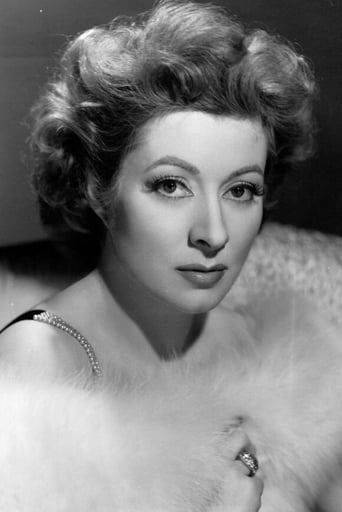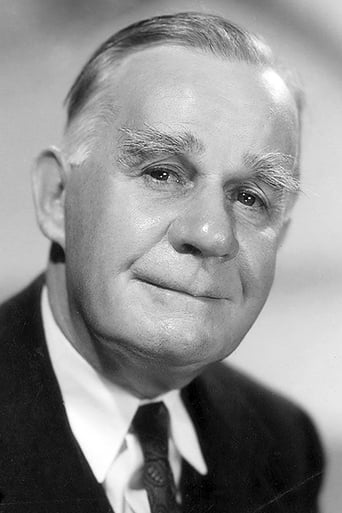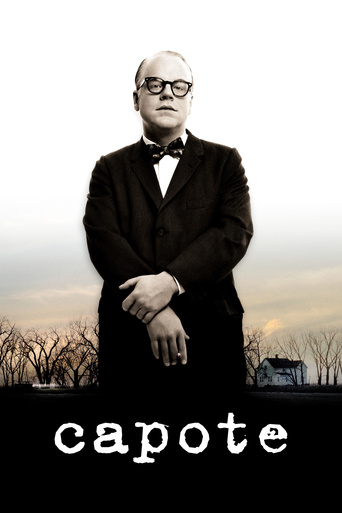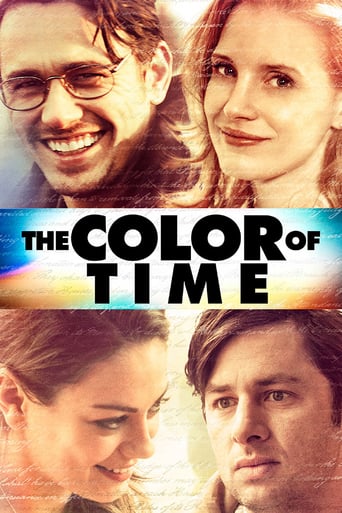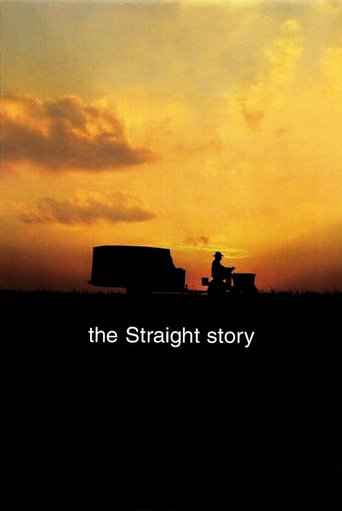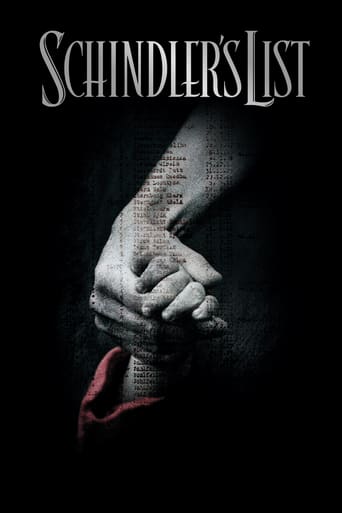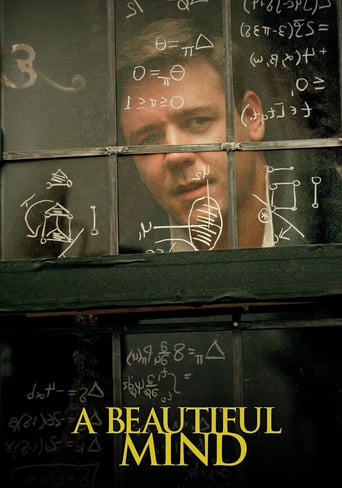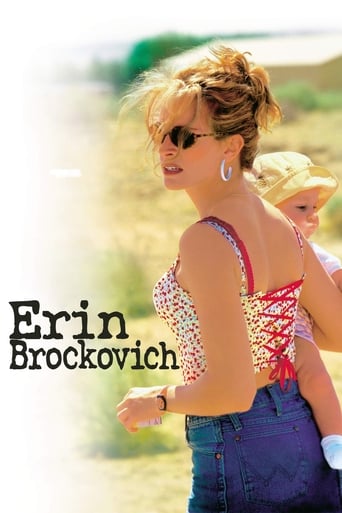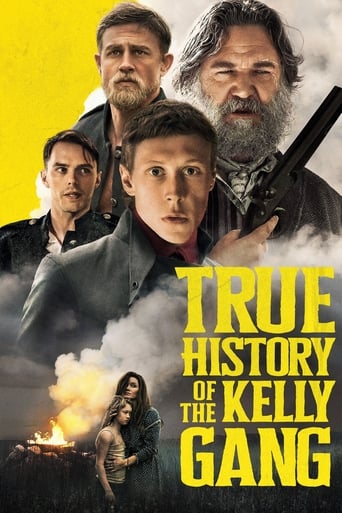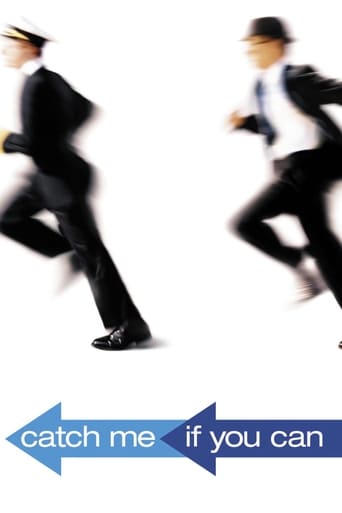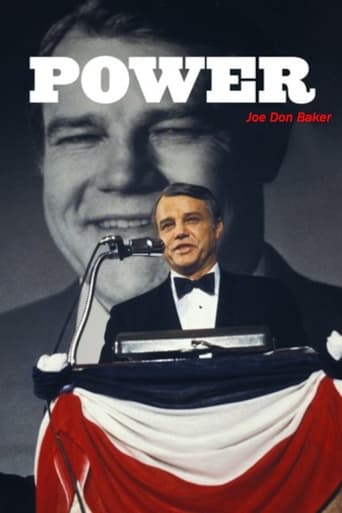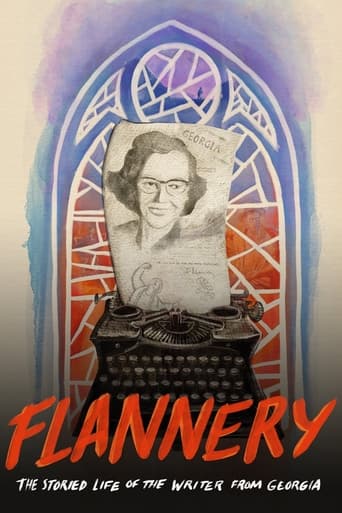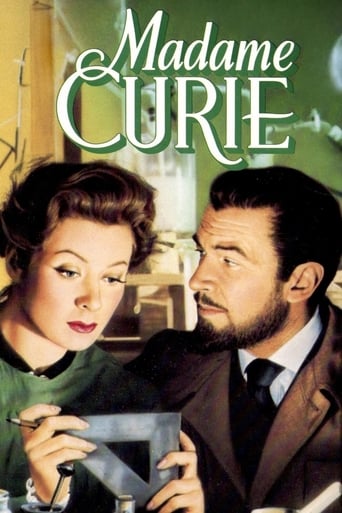
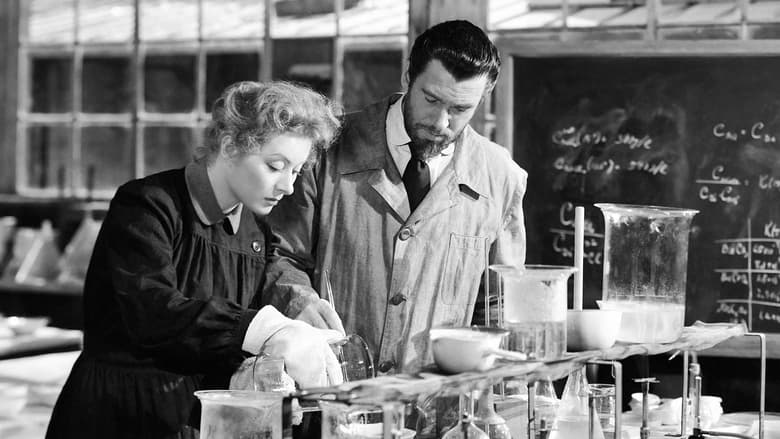
Madame Curie (1943)
Poor physics student Marie is studying at the Sorbonne in 1890s Paris. One of the few women studying in her field, Marie encounters skepticism concerning her abilities, but is eventually offered a research placement in Pierre Curie's lab. The scientists soon fall in love and embark on a shared quest to extract, from a particular type of rock, a new chemical element they have named radium. However, their research puts them on the brink of professional failure.
Watch Trailer
Cast


Similar titles
Reviews
Greer Garson and Walter Pidgeon star in "Madame Curie," the story of the famous scientist.Actually what is included in the film is quite accurate but much is left out, which is normal. The film begins with the Polish Marie meeting Pierre when she is a student in Paris and shares his laboratory. Both of them are too involved in their science careers to get married, but they fall in love and do marry.When Marie becomes interested in uranium rays, Pierre gives up his research, and the two work together. It's grueling, disappointing work, but they don't give up. The movie shows just how detailed and difficult it was in their makeshift lab.This is a beautiful film about a great woman. I happen to think Greer Garson is wonderful, as is Walter Pidgeon. They worked so well together, just as Marie and Pierre did - true partners. Of course, Marie is in her sixties (she died at 66) at the end of the film and looks 90. Typical Hollywood aging - either no aging or decrepit.Marie Curie, of course, didn't understand the dangers of radium and used to put isotopes in her pocket and in her drawer, and would comment on the light emitted from the drawer. She had several medical problems due to radiation poisoning and eventually died of it, as did her younger daughter and son-in-law. Strangely, her daughter Eva died in 2007 at the age of 103! Go figure. Eva chose Greer Garson to star in the film.If you want to look at Marie Curie's papers and books today - they are still radioactive and one has to wear protective clothing. Like Marie Curie, they still emit light.
This movie is supposed to be a movie about a real person. The problem is movie uses gibberish whenever Madame Curie speaks technical dialog. Surely the writers could have asked a physicist to write them some plausible dialog. The dialog is about on the same level as the Walter Mathau comedy about Einstein.That is so jarring it breaks the spell of the movie every time she does it.The opening lecture is not believable. I have never seen a prof meander aimlessly like that in flights of poesy, not even in an English literature class.In one scene, Pierre tries to convince other scientists to accept the validity of Marie's hypothesis solely on the basis of his recommendation. That is religion, not science. He would would have been hooted had he tried that in real life. Whoever wrote the dialog had not the slightest clue how scientific argument works.We are suppose to accept that Marie is a genius, but we never see her do much brilliant, just toil and toil. Pierre tells us she is is unique and brilliant, but we don't see much evidence.I think the problem is the screenwriters wanted a love story starring Greer Garson and Walter Pigeon to reprieve Mrs. Minniver. The science part was just a gimmick that they did not take all that seriously. It is a bit like doing the story of Gandhi and spending 90% of the time of his almost non-existent love live.
Hollywood did a lot of biography pictures in the 1940s. Most of them were awfully good, though a little bit too idealized. Almost all were pretty entertaining. Among them, there are some standouts, such as Dr. Ehrlich's Magic Bullet and Madame Curie. This film was reasonably faithful to her real story, though most notably Greer Garson was a tall lady and Ms. Curie was, according to everything I have read, a tiny little woman. And, thankfully, the MGM people didn't change how her husband died (such as having him survive in order to give the movie an upbeat ending). So what we have is a good primer for kids and teens about the accomplishments of this great lady.Garson and Pigeon did a nice job--give it a try.
This picture illustrates everything wonderful about the confidence, expertise and narrative power of Hollywood films near the end of the classic period: it is entertaining, intelligent and carefully made in every department. A smooth celebration of scientific theory and of the romantic partnership of two scientists.The first third of the film is in many ways the best: a very funny and sensitive depiction of the courtship of two gauche scientists. Often filmed in long-shot on beautifully detailed, cavernous sets, we see Garson and Pigeon sometimes isolated in space, sometimes haltingly moving through crowds, tentatively finding their way to each other. Though Mervyn Leroy could be a stolid director, here he shows great delicacy and judgment and he perfectly sets a mood of gentle comic romance.The middle third deals with the engrossing scientific mystery that led to the discovery of radium. The lightness of touch and the humor of the first third are not entirely abandoned here, but there is a greater seriousness and a kind of reverence for knowledge and scientific endeavor that is virtually absent from films today (the exception would be A BEAUTIFUL MIND, which I kind of hated). There are some striking visuals, including a tracking shot across hundreds of bowls of evaporating chemicals and a haunting image of a glowing dish of radium in a large, dark shed.The last third is the dullest and most conventional portion of the film: fame and celebration for the Curies and a renewal of their love just before Pierre died prematurely in a traffic accident. The high point here is what surely won Pigeon his Oscar nomination for Best Actor: the speech to a jeweler in which he describes the beauty of his wife just before his untimely death. There is also the evocative image of a wet umbrella broken under a wagon wheel.Of course, what you think of this idealistic, creamy and sure-footed vehicle (which must have packed 'em in at Radio City Music Hall) depends entirely on what you think of Greer Garson, as well as your opinion of the popular Garson-Pigeon screen team. Their looks and personalities were perfect matches, templates of feminine and masculine 'virtues'. There was nothing sexy about them but they suggested a platonic ideal of what every child would wish their parents to be. They were the last stars to make middle age look glamorous and desirable.As for me, I like her. Her mannerisms are kept to a minimum in this restrained performance. The famous tinkling laugh, the arched eyebrow, the flaring nostrils -- so overused in some other films -- are not much in evidence here. But her best qualities are: the sense of intelligence, of quiet watchfulness, self-possession, dignity and tact are all here. The source of her screen personality has always seemed sane and tranquil, relaxing to watch and finally, to me, admirable. I can understand why some people (like critic Pauline Kael) felt that Hollywood's ladylike stars presented an outdated, oppressive ideal for women. But from this distance, Garson's confidence and ease, her capability, her self-containment all strike me as civilized and even sophisticated traits. She played grownups, and we have never had enough of those on screen . . .


